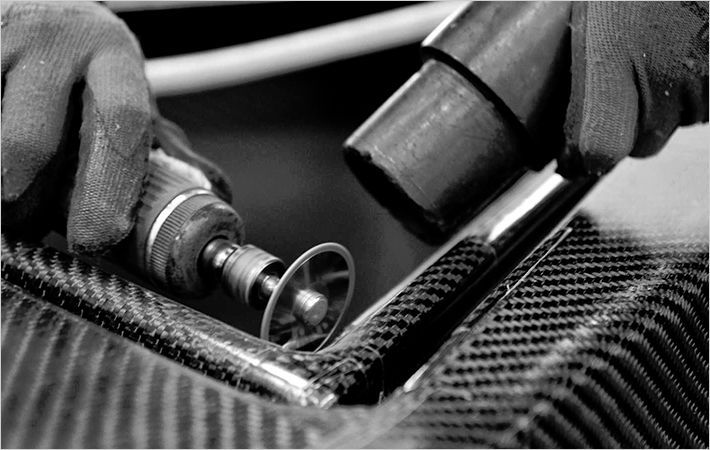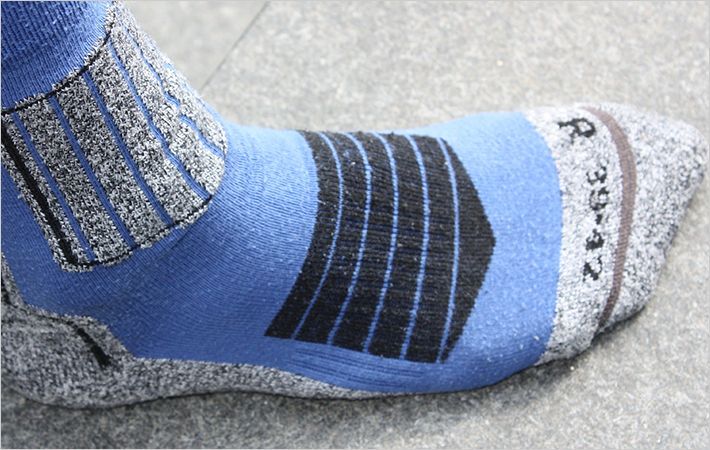HyGentic TPU is an antimicrobial thermoplastic polyurethane dedicated to the production of medical devices, featuring integrated silver ions that protects the product surface from contamination by microbes. This TPU is particularly suitable for tubes and catheters in hygiene-sensitive uses.
HyGentic SA is an antimicrobial styrene acrylic copolymer offering similar hardness to polycarbonate. It is transparent, easy to process, and therefore ideal for medical device housings and plug-in connectors in hygiene-sensitive environments.
HyGentic SBC is a transparent antimicrobial injection-moldable styrene butadiene copolymer compound that equally contains antimicrobial silver ions. The ready-to-use compound can be used to manufacture medical devices, such as inhalers or ventilation filters.
HyGentic PA is an antimicrobial glass-fiber-reinforced, injection-moldable polyamide compound that is exceptionally well suited to the production of operating elements for medical devices.
“All HyGentic compounds are extremely effective against a broad variety of bacteria and fungi found in the hospital environment,” explained Edgar Eichholz, Business Development Manager Medical Device Materials, BASF New Business. Medical devices produced from these materials can be disinfected by conventional procedures. “Hospitals can support their hygiene routine by using medical devices manufactured from HyGentic compounds,” Eichholz pointed out.
BASF’s medical devices team has the expertise and facilities it takes to produce customized application-focused formulations and test them for antimicrobial effectiveness, and will incorporate them into materials adjusted for use on the equipment available. A dedicated microbiology team checks the various formulations obtained for antimicrobial effectiveness against relevant microorganisms, including multiresistant pathogens like MRSA (m ethicillin-resistant Staphylococcus aureus).
“The selective combination of organic and inorganic antimicrobial ingredients produces synergy effects and boosts the efficiency of the individual components,” Eichholz explained. The formulations obtained in this way act faster and remain effective for a longer period.

